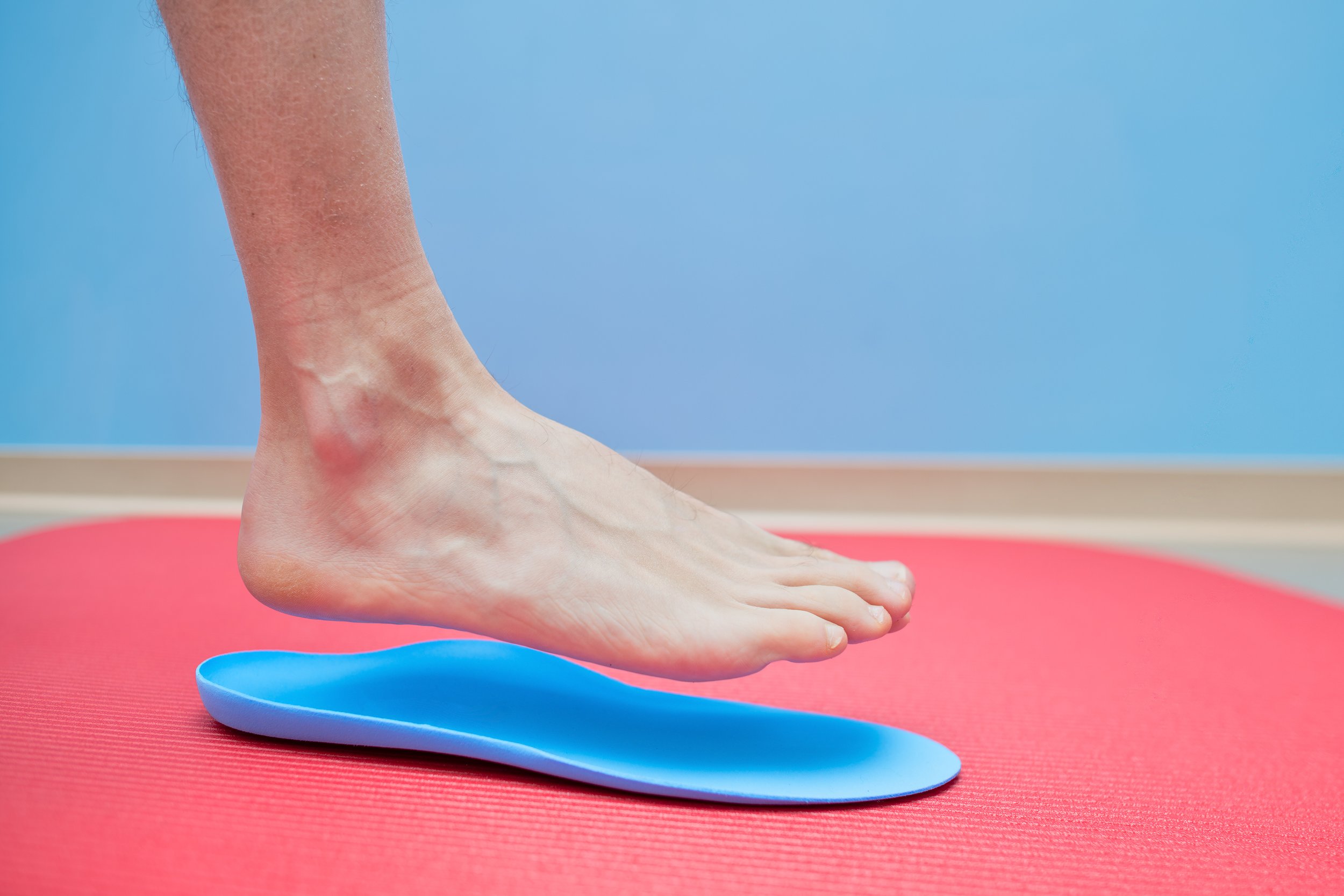
TenJet Procedure for Tendon Injury
TenJet procedure from expert podiatrists in Woodbury Heights, Haddon Heights, Voorhees, & Pine Hill, NJ
Resolve your tendon pain with a minimally invasive TenJet procedure. Speak to our Podiatrists for more information.
This treatment is a minimally invasive procedure using a high-pressure stream of saline to remove unhealthy tendon tissue. Under ultrasound guidance and local anesthesia, an expert uses the supersonic saline stream to create a suction effect.
The diseased tissue is instantaneously cut and removed because of the continual suction.
During the procedure, our podiatrist can see real-time changes in the tendon pathology.
Because scar formation is readily broken down and removed, the system is far superior to its predecessor, Tenex. Under the Tenex system, a blade was used to disrupt scar tissue, removing healthy tissue as a side effect.
Not so with TenJet. Patients can expect less trauma and improved healing post-procedure with only the scar tissue removed.
What is a tendon injury?
Injuries can arise from two primary conditions — Tendinitis and tendinosis:
Tendonitis is inflammation or irritation of a tendon, the thick fibrous cords securing the muscle to bone. Once inflamed, the tendon is painful, with pain often felt during certain movements.
As the inflammation persists, it can damage the tendon tissue, causing granulation and degenerative changes that need to be removed by a TenJet treatment.
Tendinosis is a chronic condition where the collagen, a structural protein in the tendons, deteriorates. Tendinosis typically occurs due to chronic overuse, with the most common sites located in the heel, wrists, elbows, knees, and shoulder.
When differentiating between the two injuries, it's best to consider tendinosis as long-term and more serious. Tendinitis normally subsides with a few days or weeks of rest and physical therapy. Tendinosis can take much longer as it involves the degradation of the tendon tissue itself.
Here are some common conditions that may benefit from TenJet:
Jumper's knee
Tennis elbow
Plantar fasciitis
Patellar tendinitis
Achilles tendinitis
Rotator cuff tendinitis
Hip tendinitis
Other repetitive strain injuries
When is the procedure advised?
It works best for tendon pain caused by repetitive stress injury. While most tendon damages heal from basic rest, ice, medication, and physical therapy, continual tendinitis for over three months supports using the treatment.
In such circumstances, scar tissue develops in the damaged tendon, preventing healing and restricting normal function. When this happens, removal of the damaged tissue is needed to eliminate the pain.
TenJet treatment is also suitable for tendinosis, chronic Achilles tendon pain, and chronic plantar fasciitis, among other tendinopathies. Please speak to our expert podiatrists to determine if your tendon injury is suitable for treatment.
What to expect from the procedure?
Due to the minimally invasive nature of the procedure, it is performed in an outpatient setting under a local anesthetic. From start to finish, an expert will remove the scar tissue in approximately 15 minutes, leaving only a small incision that does not need stitches.
The podiatrist will use ultrasound to identify the diseased tissue causing you pain. Once in position, a high-velocity saline stream is initiated — it removes diseased tissue while sparing the healthy tendon.
During the TenJet procedure, some discomfort is normal. Patients may also feel sore in the treated area for a few days — the soreness can be treated with over-the-counter (OTC) medications.
After three months of the procedure, patients, on average, report significant pain relief.
FAQs
-
The procedure should not be painful. A local anesthetic is administered to numb the surrounding area. Patients may experience discomfort and soreness post-procedure. Notify your doctor promptly if you feel any pain during the procedure.
-
Most insurance providers cover the procedure, as it is medically necessary for a full recovery. Discuss the coverage of the procedure in your case with our podiatrists and your provider.
-
Compared to Tenex, the incision in a TenJet procedure is small. The operator does not need to insert a scalpel into the body. This procedure is designed to be as minimally invasive as possible. Indeed, after the procedure, no stitches are needed.
-
Although the procedure only takes 15 minutes, the remaining healthy tendon will still need time to repair during the recovery time. Most patients see genuine benefits within a few weeks after the operation. After three months of the procedure, expect to feel pain relief and greater mobility.




